Uncovering a grandfather’s story: How Roland fought the Nazis
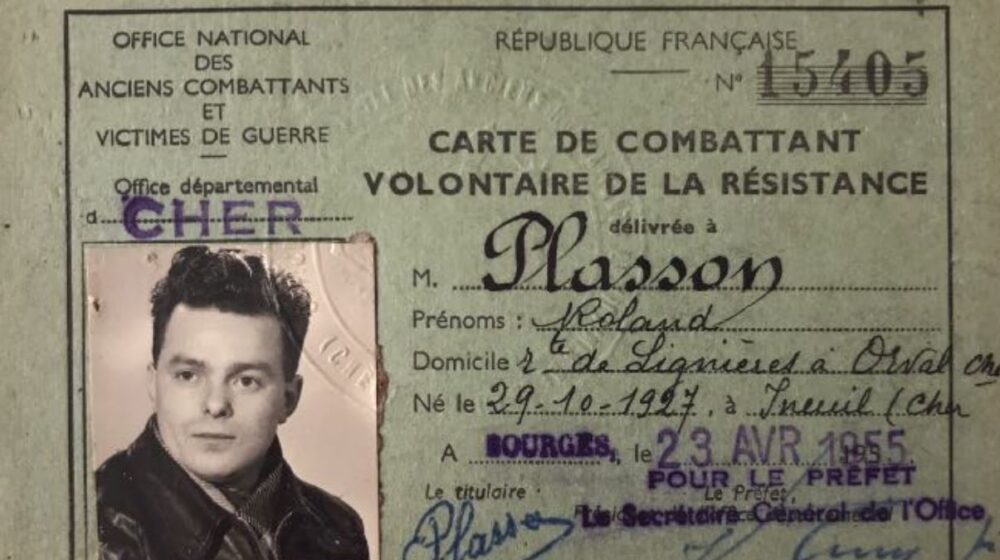
Audrey Plasson was only two years old when her grandfather Roland died in 1996. Her family rarely talked about him, but everyone knew that Roland had been a member of the French Resistance during World War 2. In 2022, Audrey discovered a book that revealed some details about Roland’s activities in the Resistance. She became curious and set out to research his story, which led her to the Arolsen Archives. Today, Audrey is convinced that remembrance is a gateway to dealing with life’s challenges.
Roland joined the Resistance in June 1944, when he was 16 years old. At the time, he worked as a cutter in a local clothing factory and still lived with his parents. The Nazis had occupied France for four years, but the Allied forces had just landed in Normandy. Following this event, Roland presumably participated in coordinated attacks on the “Milice française” (a French political paramilitary organization that collaborated with the Nazis) in his hometown Saint-Amand-Montrond.

The Resistance fighters hid on the premises of Château de Mérignat, more than 100 kilometers south of Roland’s hometown. Audrey took this photo on a research visit in 2023.
“Surcouf”: Roland helped set up a stronghold of the Resistance
Roland’s Resistance group, the “Surcouf,” managed to capture several Milice bases in the region (department of Creuse). They took hostages, too, and fled from the Nazis to set up camp in the woods and villages in the southern parts of the department. In the following weeks, the Surcouf continued to fight and sabotage Milice, SS, and Wehrmacht units, and made Creuse a true stronghold of the Resistance. On July 19, 1944, however, Roland was ambushed along with many of his comrades. Some of them were killed. The Nazis and their helpers arrested Roland and 60 other fighters.
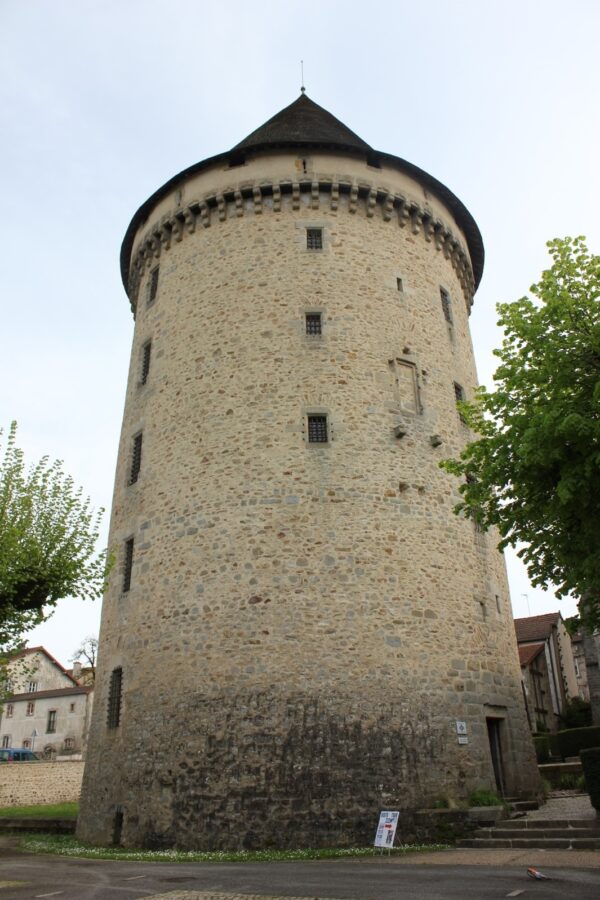

In 2023, Audrey visited the places connected with her grandfather’s time in the Resistance in France. Some are memorial sites today, like the woods where the Nazis surrounded Roland and his comrades, or the tower where he was incarcerated.
A mysterious book about the Resistance
Audrey learned about Surcouf and her grandfather’s activities in the group when she found a mysterious book in his house. She was clearing the house with her family after her grandmother – Roland’s wife – had died in 2022. “That place, and the things I found there, were the last link to my granddad. I have no personal remembrance of him because I was so little when he died,” explains Audrey. The book was wrapped – perhaps disguised – in very colorful gift paper. It almost went straight into the trash, but Audrey had a strange feeling about it: She opened the book and found an account of the Surcouf’s activities in Creuse. One of her grandfather’s comrades had written it in 1980, and he mentioned Roland’s name in his report.
Roland rarely talked about the persecution
This discovery was the starting point for Audrey to do some more research. She wanted to find out as much as possible about her grandfather’s activities in the Resistance and about his persecution. Audrey and her family knew that the Nazis had arrested Roland and deported him to concentration camps in Germany. „We didn’t have any details, though, and it seems my grandfather never really wanted to talk about it,” Audrey says. “There were rumors about his escape from the camps. He told my father once that he had to to collect and cremate the corpses of his fellow prisoners. But I knew next to nothing about how he survived, or about the circumstances in which he managed to come back home.”
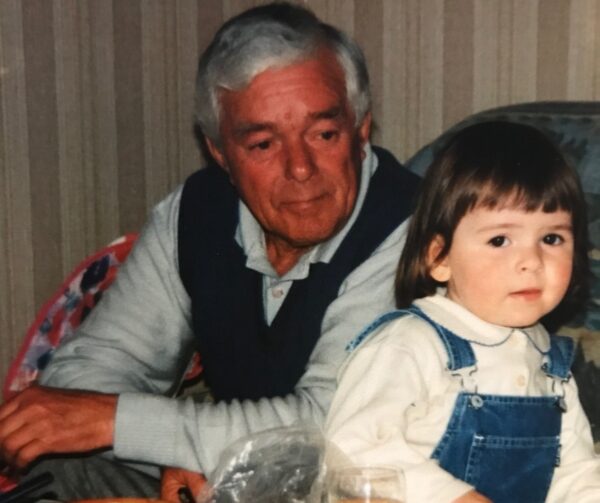
Roland with Audrey on her second birthday. He passed away less than two months later.
Arolsen Archives reveal traces though the camps
Audrey posted a call for help on social media because she did not really know where to start the search. Many professional and hobby researchers responded. They pointed her to French or German archives and memorial initiatives. She submitted an inquiry to the Arolsen Archives, too, and learned about Rolands path through various camps, including the last place where he was incarcerated: Langenstein-Zwieberge, a Buchenwald sub-camp where Roland had to work in underground construction with thousands of other prisoners from all over Europe. Many died of physical exhaustion and poor nutrition.
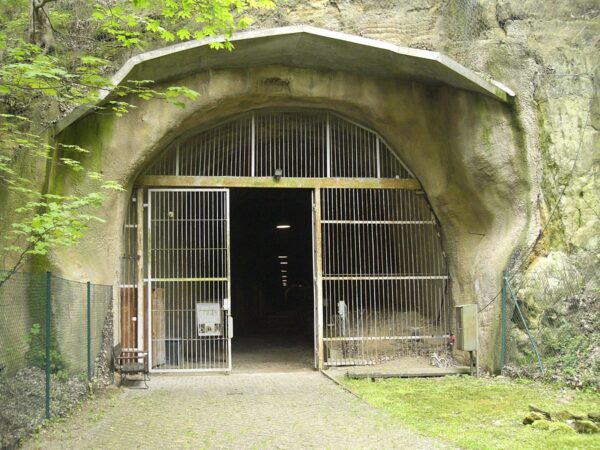
The prisoners from the sub-camp had to drive a 13-kilometer-long underground tunnel system for armaments production into a mountain. It is a memorial site today. Photo: Wikicommons / Sipalius
Sharing stories of persecution can resolve trauma
Further research led Audrey to discover the probable fate of her grandfather in the last weeks of WW2: In April 1945, the SS drove around 3,000 of the prisoners from the sub-camp on death marches – at least 2,550 people were murdered along the way. Roland managed to escape, and it is likely that German farmers took him in. French documents prove that he returned to Paris on May 13, 1945, and then travelled on to Bourges, where his family lives today. He met his wife Janine in 1947 and they had five children. Roland had told her the story of his persecution, but she did not really want to talk about it with her grandchildren.
Audrey shares the progress of her research on Instagram and plans to write up her grandfather’s story, maybe even for a book. She thinks that it is important to break the silence and tell the stories of persecuted people like her grandfather, because they were often unable to find a voice in their lifetime:
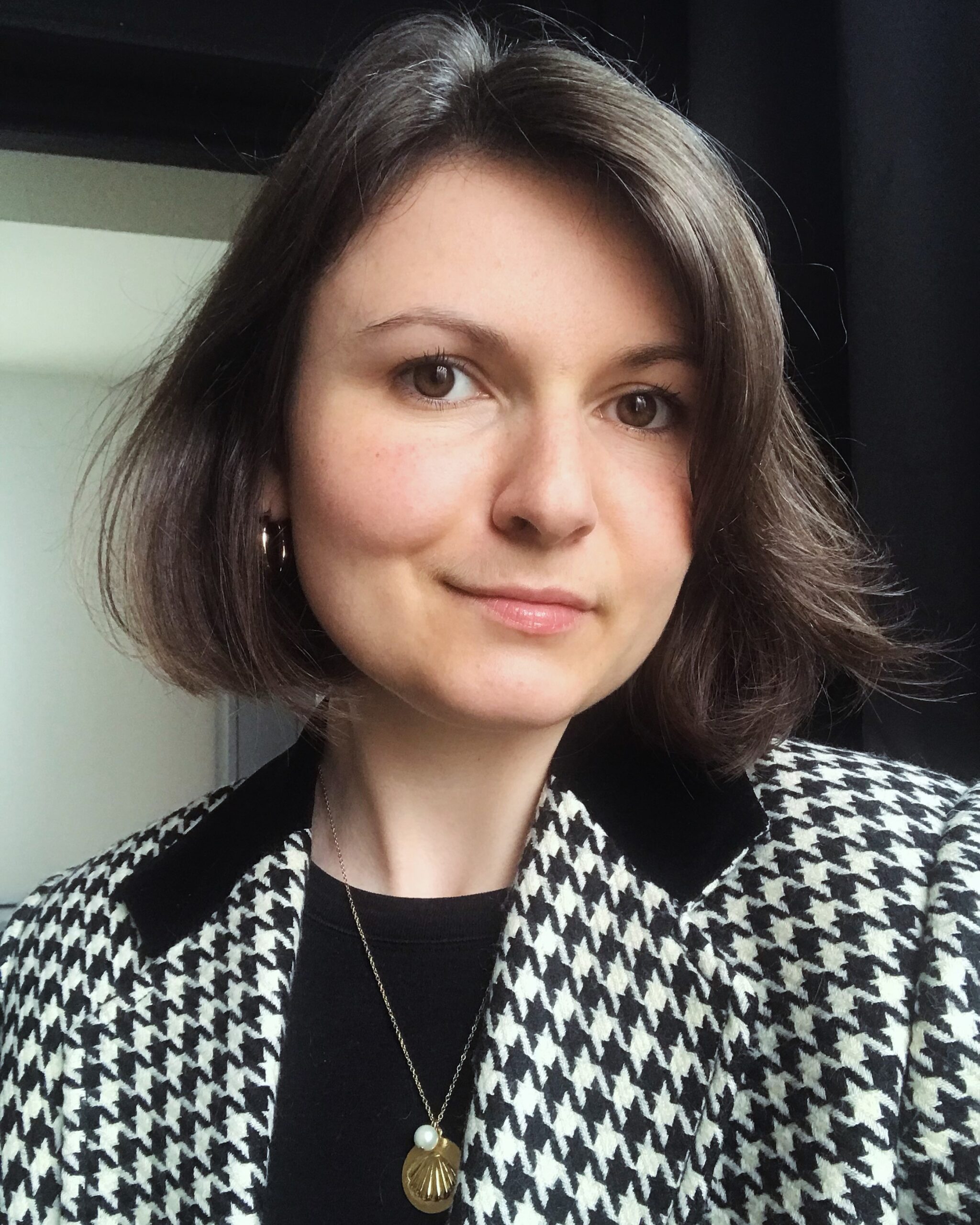
»Acknowledging the persecution my grandfather underwent is a way to address unresolved trauma. This is the least I can do. I feel like I owe him: had he not survived, I wouldn’t be here. And I wouldn’t be sharing his story.«
Audrey Plasson, granddaughter of Roland Plasson

